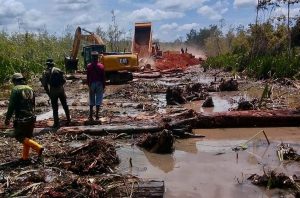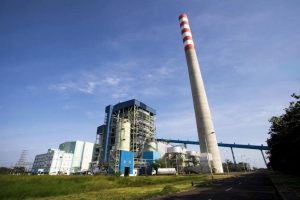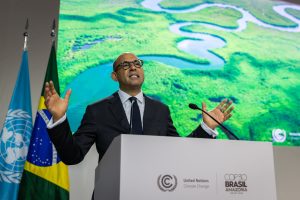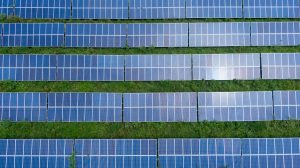Jakarta – Observers have highlighted the government’s efforts to revise Presidential Regulation (Perpres) No. 112 of 2022 on accelerating renewable energy development, which is considered to be moving in the opposite direction of the regulation’s original purpose. The draft amendment to the regulation actually opens the door wider for the construction of steam power plants (PLTU), even though the government refers to it as part of the energy transition scheme.
On Monday, 10 November, after reviewing the substance of revisions circulated across several public consultation agendas, the CERAH energy research institute stated that the rule changes should strengthen the penetration of renewable energy. Still, the draft revisions actually added to the list of exceptions for the construction of new coal-fired power plants.
CERAH Policy Strategist Naomi Devi Larasati believes the revised content is not in line with the President Prabowo Subianto administration’s commitment to achieving 100 per cent renewable energy by 2035. “How can the transition proceed if the energy sources that should be reduced are instead being given more space?” she said.
Under the Presidential Regulation currently in force, the construction of coal-fired power plants is still permitted as long as it is included in the RUPTL and integrated with industries that have strategic added value, including national strategic projects (PSN). However, the draft revision adds a new exception on the grounds of maintaining system reliability and national energy independence.
According to Naomi, this reasoning could potentially undermine efforts to develop clean energy power plants. Moreover, the requirement to reduce greenhouse gas emissions by at least 35 per cent within 10 years is considered too lenient, as it relies on technology that has long been criticised as a pseudo-solution to the energy transition.
She mentioned hybrid power plants, biomass co-firing, carbon offsets, and renewable energy mixes as examples of technologies used as compromises to keep coal-fired power plants operating. “Instead of accelerating the downstreaming of renewable energy, this revision actually adds exceptions to the construction of coal-fired power plants with various emission reduction gimmicks,” Naomi explained.
Hybrid coal-fired power plants become a loophole
Policy & Programme Manager at CERAH, Wicaksono Gitawan, added that the revision of Presidential Regulation 112/2022 opens ample space for hybrid coal-fired power plants. He cited a number of hybrid coal-fired power plant projects already included in the 2025–2034 RUPTL, including the Kalselteng-3 Mine Mouth Coal-Fired Power Plant.
“Hybrid power plants are a loophole deliberately included in the revision of this Presidential Regulation. Because they are on-grid, the addition of these hybrid power plants will certainly slow down the entry of renewable energy generators,” said Wicaksono.
He recalled that Indonesia had previously been caught in a similar situation during the 35,000 MW Programme in 2015, which led to an oversupply of electricity in Java and Bali due to the dominance of coal-fired power plants. As a result, the national electricity system became locked into coal infrastructure, slowing down the growth of renewable energy.
The revised draft stipulates that the construction of new coal-fired power plants must support the Net Zero Emission (NZE) target by 2060. However, CERAH considers this regulation merely declaratory, lacking precise monitoring instruments.
“There is no roadmap for when the power plant must reduce production or retire, no targets for gradual emissions reductions, and no penalties if the targets are not met,” Naomi said.
Policy contradictions
According to CERAH, this revision to the Presidential Regulation is the latest addition to a list of policies deemed inconsistent with the current administration’s clean energy targets. Inconsistencies can also be seen in the National Energy Policy (KEN), the National Electricity Master Plan (RUKN), and the 2025–2034 RUPTL.
Even the Just Energy Transition Partnership (JETP) investment plan—which is still under discussion—tends to shift the strategy of early retirement of coal-fired power plants toward repurposing with emission reductions, an approach considered less progressive.
CERAH requested President Prabowo to review the energy policy direction formulated by his cabinet. According to them, the commitment to energy transition should be reflected in policies that provide ample space for clean power plants.
“If realised, President Prabowo could make a breakthrough by making Indonesia a leader in global energy transition,” said Wicaksono. (Hartatik)
Banner photo: PLTU Cirebon-1. Source: Cirebon Electric Power















